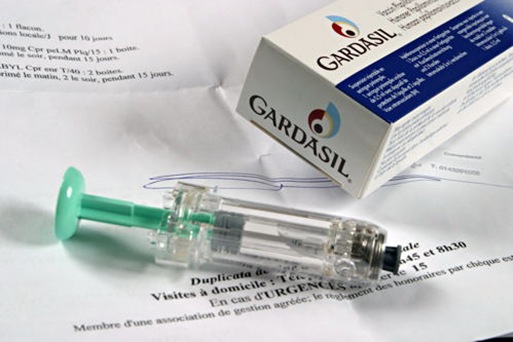
The study, which was published in Nature Biomedical Engineering, demonstrates that the new strategy is better than magnetic resonance imaging (MRI) and other technology used to detect cancer, as their key weakness is detecting the presence of micro-metastases.
Spotting early tumors that are beginning to spread is still a challenge in cancer diagnosis and treatment since most imaging methods do not recognize small lesions. However, after in vivo studies, the researchers were able to demonstrate that minor tumors in mice can be identified with nanoprobes, defined as "microscopic optical devices", that produce short-wave infrared light as they go through the circulatory system. The test was also able to demonstrate that nanoprobes can detect minuscule tumors in different organs.
Additionally, the nanoprobes were able to detect a whole-body detection to check for any microlesions. In a mice model of breast cancer, they were able to differentiate different sites of metastases which showed where the cancer has spread.
An advantage that nanoprobes also showed is that it is quicker than MRIs at identifying the minute spread of tiny lesions and tumors in the mice's adrenal glands and bones. This means earlier detection times for people, which has the possibility to save lives.
"Cancer cells can lodge in different niches in the body, and the probe follows the spreading cells wherever they go," according to Vidya Ganapathy, a corresponding author and a professor in the Department of Biomedical Engineering. "You can treat the tumors intelligently because now you know the address of the cancer."
According to researchers, this procedure could be utilized to distinguish and track over 100 kinds of cancer and could be accessible in five years. A real-time observation of tumors and lesions in different organs should prompt more accurate pre-and post-treatment cancer monitoring.
Nanoprobes could be utilized in the future as a part of any surgeries to identify tissues that physicians need to excise, according to the researchers. These tests could likewise be used to track the viability of immunotherapy, which involves triggering the immune system to battle cancer cells.
This research builds upon earlier studies by the team regarding medical imaging technology to detect the disease earlier.
Fighting cancer today
Fortunately, you don't need to wait for nanoparticles to learn about cancer. A healthy diet, according to studies, is a sure-fire way to prevent it. This diet is a balanced meal composed of fruits and vegetables. These two are excellent sources of many vitamins and minerals, as well as fiber, to keep cancer cells at bay. These also contain other nutrients which are known to fight the onset of cancer.
Staying away from red or processed meat is another key to avoiding cancer. Red meat contains a pigment called haem, which could irritate or damage cells in the body and make it more susceptible to cancer. Processed food, on the other hand, contains nitrates that increase the risk of cancer. (Related: How Cancer is Mainly Caused by The Intake of Acidic Food.)
Sources include:
Please contact us for more information.























